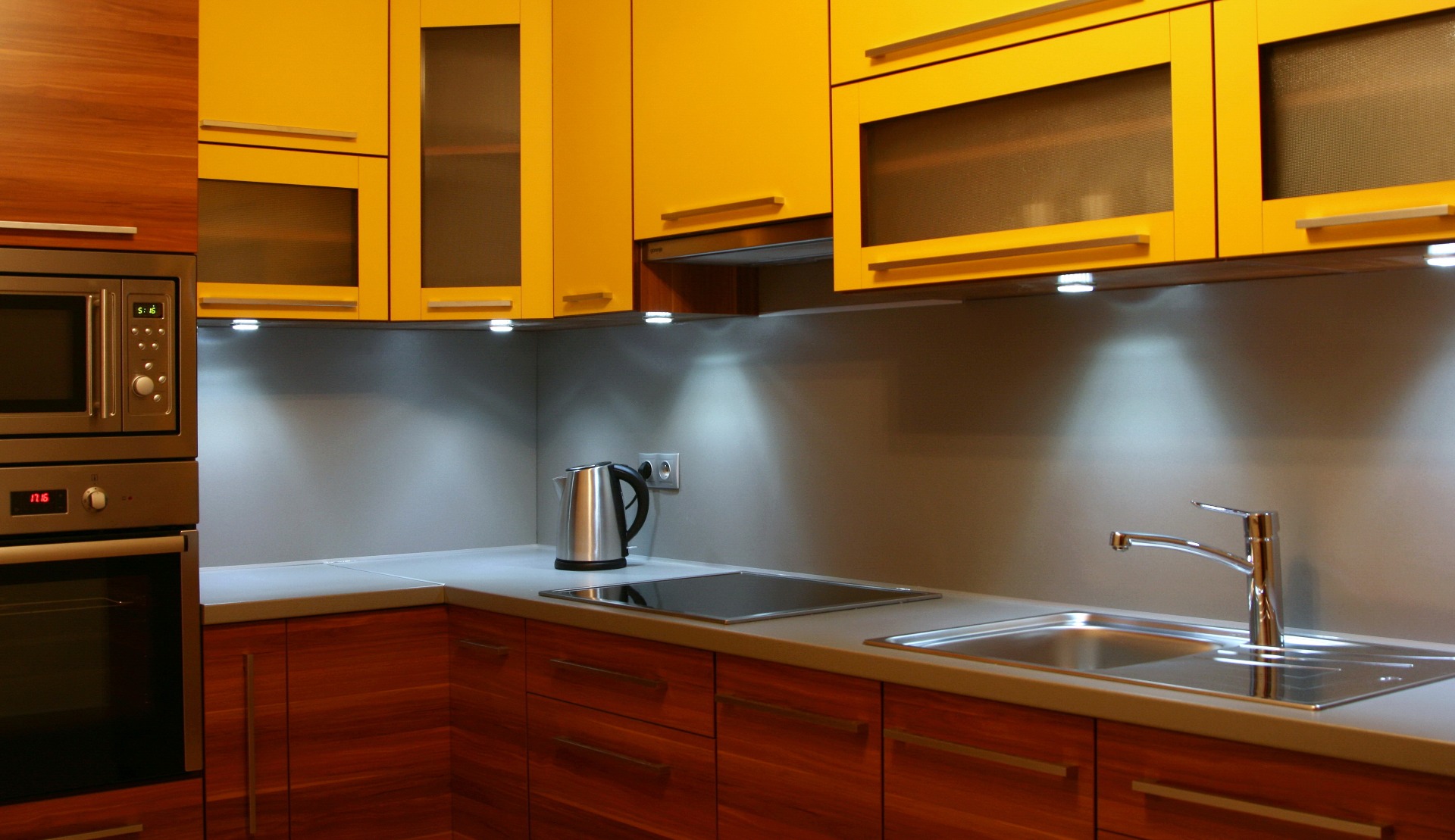Design Considerations for Glass Cabinet Doors: Insert Glass In Kitchen Cabinet Doors

Adding glass to your kitchen cabinets instantly elevates the space, transforming a functional area into a stylish focal point. The strategic use of glass can dramatically impact the overall aesthetic, playing with light, reflection, and the perception of space. Choosing the right type of glass is key to achieving the desired look and feel.
Insert glass in kitchen cabinet doors – The beauty of glass cabinet doors lies in their ability to subtly yet effectively change the ambiance of your kitchen. The interplay of light and reflection creates a dynamic visual effect, making the space feel more open and airy. This is especially beneficial in smaller kitchens where maximizing the sense of spaciousness is crucial. However, the choice of glass type, finish, and cabinet style significantly impacts the final aesthetic.
Glass Finishes and Their Suitability for Different Kitchen Designs, Insert glass in kitchen cabinet doors
The selection of glass finish is paramount in determining the overall look and feel of your kitchen. Different finishes offer unique aesthetic qualities, impacting light transmission, reflectivity, and privacy.
- Clear Glass: Offers maximum light transmission, creating a bright and open feel. Ideal for modern, minimalist, or contemporary kitchens where showcasing the contents within is desirable. It can, however, lack privacy if used for upper cabinets storing less visually appealing items.
- Frosted Glass: Provides a soft, diffused light and offers a degree of privacy, concealing the contents of the cabinets while still allowing light to pass through. This finish works well in traditional, transitional, or farmhouse-style kitchens, adding a touch of elegance and sophistication.
- Textured Glass: Introduces visual interest and depth with patterns etched or embossed onto the glass surface. This option adds a layer of complexity and can complement various styles, from rustic to modern, depending on the texture chosen. Think of subtle ripples or more pronounced geometric patterns.
- Colored Glass: Adds a bold pop of color and personality to the kitchen. This choice is perfect for kitchens with a vibrant or eclectic design scheme. Consider the overall color palette of the kitchen to ensure a harmonious and cohesive look. For example, a deep teal glass could complement a coastal-themed kitchen, while a rich amber could enhance a warm, traditional setting.
A Design Concept Incorporating Glass Cabinet Doors
Imagine a modern farmhouse kitchen with sleek, shaker-style cabinets painted in a soft, creamy white. The upper cabinets feature frosted glass doors, allowing diffused light to filter through while maintaining a sense of visual order. The lower cabinets remain solid wood, providing a balance of openness and visual weight. The countertops are a warm, light-grey quartz, complementing the creamy white cabinets and adding a touch of contemporary sophistication. Pendant lighting over the island provides focused illumination, while recessed lighting ensures the entire space is well-lit. This design balances the airy quality of the glass with the solid grounding of the lower cabinets, creating a harmonious and inviting atmosphere. The frosted glass provides a subtle, elegant touch, softening the overall aesthetic without sacrificing functionality or light transmission. The overall feel is clean, inviting, and effortlessly stylish.
Troubleshooting and Maintenance of Glass Cabinet Doors

Installing glass cabinet doors can elevate your kitchen’s aesthetic, but it requires careful handling. Potential issues during installation and ongoing maintenance need addressing to ensure the longevity and beauty of your upgrade. This section covers common problems, preventative measures, and effective cleaning techniques.
Glass Breakage and Improper Sealing
Glass breakage is a significant concern during installation. Improper handling, especially during transport and fitting, can lead to cracks or shattering. Similarly, inadequate sealing around the glass can result in moisture damage and eventual failure. Preventing breakage requires careful handling with gloves and appropriate padding during transport. Ensure the cabinet frame is properly prepared and aligned before installing the glass, and use a suitable adhesive designed for glass-to-wood applications. A high-quality sealant is crucial to prevent water ingress, which can lead to warping and damage to the wood frame. Always follow the manufacturer’s instructions for both the adhesive and sealant. If breakage does occur, replace the glass panel immediately to avoid further damage.
Preventing Damage to Glass Panels
Protecting your glass cabinet doors from damage requires consistent care. Sharp objects, like knives or heavy cookware, should never be placed directly against the glass. Avoid leaning heavily on the doors, and keep children and pets from playing near them. Regular inspection can help identify potential problems early on, such as minor chips or cracks that might otherwise worsen over time. Protecting the glass from impacts is paramount. Consider using protective films or padding if there’s a high risk of accidental damage.
Maintenance of Glass Cabinet Doors
Regular cleaning is essential to maintain the appearance and longevity of your glass cabinet doors. Avoid harsh chemicals and abrasive cleaners that can scratch the surface. A simple solution of warm water and mild dish soap is usually sufficient. For stubborn stains, a glass cleaner designed for delicate surfaces is recommended.
Use a soft, lint-free cloth or sponge to clean the glass. Avoid using abrasive materials like scouring pads or steel wool, as these can easily scratch the glass. Always wipe the glass in a circular motion to prevent streaks. For a streak-free shine, dry the glass with a clean, dry microfiber cloth.
Regular cleaning will not only enhance the visual appeal of your kitchen but will also help to prevent the buildup of grime and grease, which can dull the glass over time. Pay attention to the edges and seals to prevent the accumulation of dirt and debris, ensuring a long-lasting, attractive feature in your kitchen.
